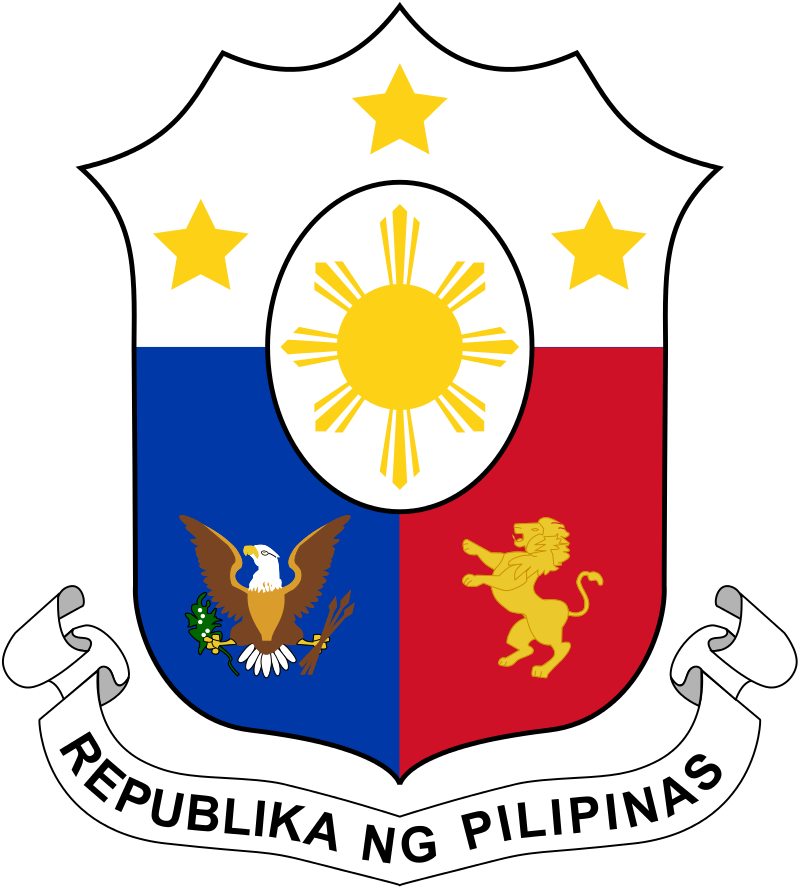Report on Regional Expert Consultation on the impact of technology on rural development Africa, ECA : Addis Ababa, 4 to 8 August 1986
The basic cause of needless poverty and hunger in the rural Africa to-day is the stagnation of its main economic base - agriculture. It has settled down to a low level of equilibrium of income, saving and investment over time. Hence, most of the rural people of the region is caught in a vicious circle of a poverty trap. They are below the "absolute poverty line". The country studies show all of them are food-deficit.
Integrating Human Settlements Policies and Programmes into National Socio-Economic Development Planning : framework and methodologies
Earlier (1950s - early 1970s) development planning in African countries was essentially perceived and conceived as macro-economic planning. This perception placed overriding emphasis on the projection and maximization of national economic aggregates such as the GDP, the GNP per capita income, level of employment, stability of price levels etc. as sole measures of economic development performance.
Kosten en effecten van landinrichtingsprojecten in Nederland
This study deals with te costs and effects of land development projects in The Netherlands. The methods to assess these costs and effects are described and discussed. Effects encompass economic as well as social effects, effects on nature and landscape and on environment.
Idee- en consensusvorming in de ruimtelijke ordening : een sociaal-wetenschappelijk onderzoek naar de totstandkoming van het "Streekplan Friesland 1982"
By means of physical planning the government tries to advance a development aiming at physical conditions as good as possible for society. For this purpose the provincial government has the instrument regional plan, in Dutch streekplan at its disposal. The plan presents the main features of future development in the plan area. Physical planning provides for relatively elaborated preparation and establishment procedures. They are partly statutory laid down, but in practice often completed with various other procedures.
Metodologia del diagnostico de la produccion de frijol
The objectives of the diagnosis of bean production are to (1) contribute criteria for the design and completion of on-farm trials of the new bean technology and (2) to take information to research centers that helps define bean research priorities. A summary is presented of the methodology suggested and practiced in national and international courses on on-farm research carried out by CIAT's bean program.
Producers co-operatives and rural development in Ethiopia
The main objectives of the cooperative societies of the 1960’s were the promotion, in accordance with cooperative principles and the requirements of social justice, of better living, better business and better methods of production by reducing the cost of credit, etc. Most of the societies then were farmers' cooperatives whose membership were composed of land owners, provincial and district Governors businessmen, etc. The leadership was also controlled by the same people.
EXECUTIVE ORDER NO. 1035
Providing the Procedrues and Guidelines for the Expeditious Acquisitions by the Government of Private Real Properties or Rights thereon for Infrastruture and other Goernment Development Projects
Proposals for food and agriculture development 1986-1990
This paper focuses on the proposals for food and agriculture development 1986 – 1990. the experiences and implications of the current crisis re-emphasize ever more sharply Africa's development priorities in the immediate future and in the long run.
La competencia por la tierra entre la agricultura y la ganaderia en el minifundio costeno
The results of a case study conducted in Betulia (Sucre, Colombia) in May-Dec. 1983 to evaluate the competition for land between cassava cultivation (monocropped or in association with maize or yam) and cattle raising are discussed. In general, profits from cassava either in association or in monoculture are much higher than for cattle raising. Regarding labor requirements, cassava cultivation and cattle raising are equally attractive from an economic viewpoint.
Utilizacion de la tierra e importancia de la yuca en la finca DRI en los Departamentos de Atlantico, Bolivar, Cordoba y Sucre
The results of a survey conducted in 1983 among 416 farmers participating in the integrated rural development project (DRI, Colombia) in Atlantico (60), Bolivar (66), Cordoba (156), and Sucre (134), on land use and importance of cassava within the farming system, are presented. Except for Bolivar, where cassava and yam plantings decreased, increased land use attributable to increased credit availability was observed. In general, 1.7 ha cassava was planted per farm in 1982-83, mainly in association with yam, maize, and plantains; 55 percent of the land planted included cassava.
Climate and soils of the South Kinangop Plateau of Kenya : their limitations on land use
In the Kinangop Plateau of Kenya where small holder farmers have been settled, varied climate and soils occur and the level of land use and management is not as high as may be expected. The climate and soils were therefore studied with a view to identity the constraints they present to land use and management and how the constraints may be rectified. Low temperatures and frequent frosts are the main climate constraints while imperfect drainage, low fertility and shallow effective rooting depth are some of the soil constraints.





